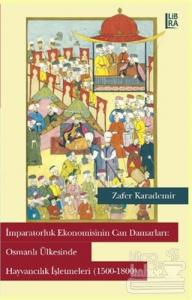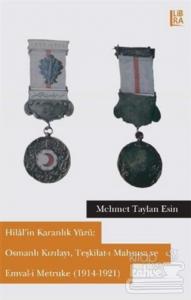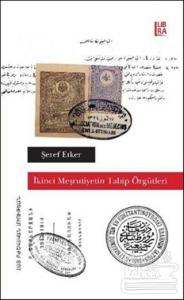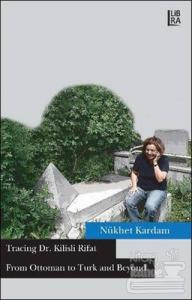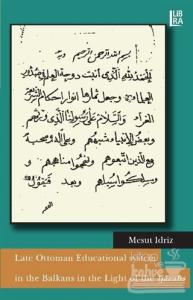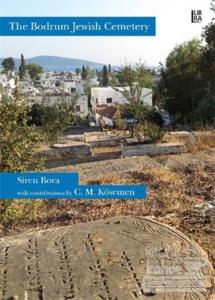
Published for thirteen years (1895-1908), Hanımlara Mahsûs Gazete (Newspaper for Ladies), with its articles and news about education, family, household, household management, child-rearing, hygiene, health, beauty, embroidery, leisure and fashion is a precious source reflecting not only the ideal everyday life of an ideal Ottoman woman of the upper and middle classes of Ottoman society in an era of modernization and westernization but also Sultan Abdülhamid II's oppressive censorship policies as imposed on the press. In this sense, the main argument of this book examines the characteristics of an urban, upper and middle class “ideal” Ottoman Muslim woman or womanhood and her supposed everyday life during the reign of Sultan Abdülhamid II as portrayed by the articles in Hanımlara Mahsûs Gazete.
Published for thirteen years (1895-1908), Hanımlara Mahsûs Gazete (Newspaper for Ladies), with its articles and news about education, family, household, household management, child-rearing, hygiene, health, beauty, embroidery, leisure and fashion is a precious source reflecting not only the ideal everyday life of an ideal Ottoman woman of the upper and middle classes of Ottoman society in an era of modernization and westernization but also Sultan Abdülhamid II's oppressive censorship policies as imposed on the press. In this sense, the main argument of this book examines the characteristics of an urban, upper and middle class “ideal” Ottoman Muslim woman or womanhood and her supposed everyday life during the reign of Sultan Abdülhamid II as portrayed by the articles in Hanımlara Mahsûs Gazete.

